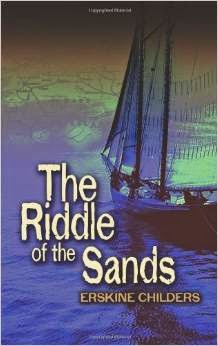Radio Activated Sound Signal (MRASS) Fog Horns
Mariner Radio Activated Sound Signal (MRASS) is being installed at lighthouses in fog prone areas like New England, the Pacific Coast, and the Great Lakes to assist mariners in navigating in fog. The system requires the use of a VHF radio to activate the foghorns via radio signal.
Installation began in mid December of 2015 and is expected to be completed by May of 2016. The change is part of a larger US Coast Guard initiative involving fog signals at lighthouses across the United States. “The purpose of this modernization initiative is to replace the less reliable and less efficient VM-100 fog detectors with a Coast Guard-designed, radio-controlled system,” said LT David T. Bourbeau,Waterways Management Division Chief of Coast Guard Sector Northern New England, during a press conference.
The upgrade is intended to replace the aging systems that are prone to failure and difficult to maintain but has raised safety and other concerns from some in coastal communities. Kayakers and young fishermen may not have VHF radios aboard and can get disoriented if fog sets in unexpectedly. The automated foghorns were a constant safety feature. The new ones rely on keying the PTT button (radio microphone) on VHF channel 81A or 83A five times in 10 seconds to activate the lighthouse MRASS, after which the foghorn will sound for 45 minutes.
Newspapers in Maine have reported that several mariners have tried the system and could not get it to work. The Coast Guard explained that it is perhaps that they were not on the water and not in line of sight to the lighthouse, both requirements. My question is if you can't see the lighthouse, how will you know if you are within line of sight?
Only 17 lighthouses are scheduled to receive the MRASS devices in Maine. That means mariners will have to update their charts to identify which lighthouses will be equipped with MRASS and which will not. Select lighthouses in San Diego and San Francisco have already had the device installed.
Vessels with AIS will certainly be able to avail of the AIS signals being transmitted by lighthouses around the world these days. But that doesn't help the small boat handler who is out there for recreational purposes. And wait until someone forgets to return the VHF to ch16 after turning on the foghorn on 83A and an emergency call is placed that isn't heard. Somehow, I think the USCG has misdirected their efforts on this one.
Visit http://www.navcen.uscg.gov/ for current information. Questions can be directed to NNEwaterways@uscg.mil or 207-347-5015
Here's the notice for Maine: http://www.uscgnews.com/clients/4007/654058.pdf




Comments
Post a Comment